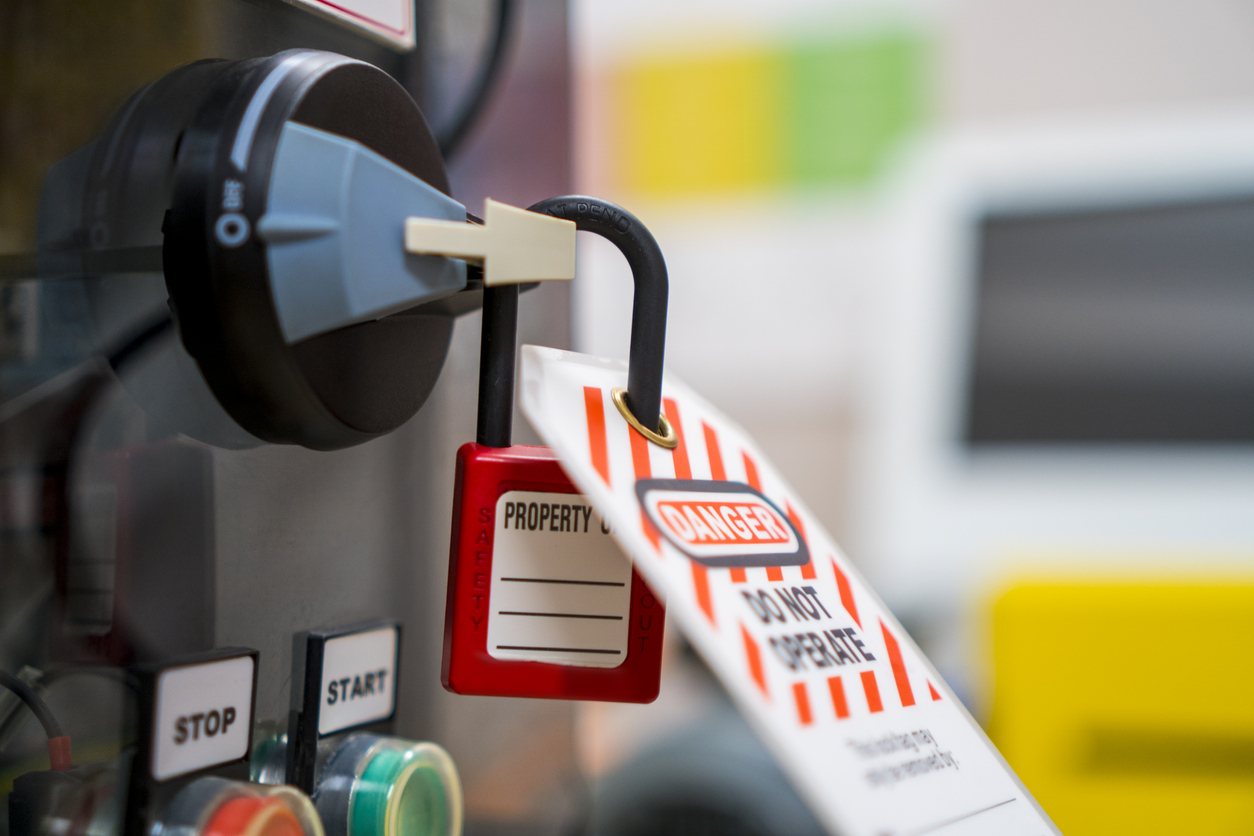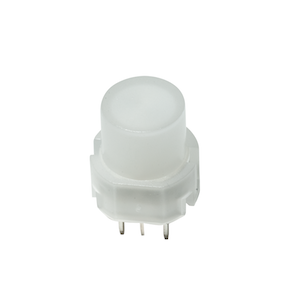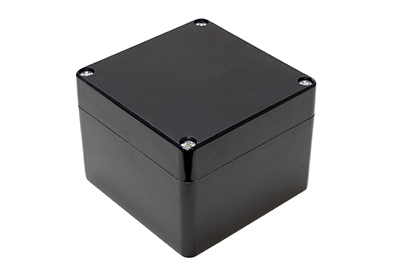Four Easy Methods to Improve Your Electrical Safety Program

June 7, 2022
By: José Luiz Alves Poyares, Grace Technologies
You may be required to maintain or participate in an Electrical Safety Program within your organization. Whether you’re new to the program or a seasoned veteran, the times change along with innovation and ingenuity. These factors provide a tremendous opportunity to enhance your program. Here are four easy methods to ensure you are maintaining or participating in a high-performance Electrical Safety Program.
1. Maintain a Valuable Safety Culture
What happens in a relaxed and passive Electrical Safety Program is complacency. Without proper maintenance and guidance, this is inevitable. Complacency is a management system problem and therefore, management must step up to manage it. To avoid complacency, you must ensure a robust culture of safety within your organization.
This is established by who you hire, who you fire, who you promote, and how the organization manages the safety process. Is safety a value to your organization or an obligation? Cultivating an effective safety culture starts with this question. If it’s a value of the organization versus an obligation, safety becomes seamless within this type of properly maintained culture.
Work and safety can’t be differentiated from one other as they are inherently integrated together. The core value of safety within an organization should be obvious from the first-line supervisor all the way up to the CEO. If a company is just following rules and regulations out of obligation, it may be a management problem that needs to have light shed in the dark places. Once these blind spots are revealed and your company places a tremendous value on its safety culture, your crew will be among the best and safest in the industry.

2. Continuously Train and Communicate
For some, safety culture may simply mean whether or not your organization follows the rules and regulations. The type of culture we’re talking about depends on how well they train and communicate, not whether or not they do not at all.
When it comes to OSHA and Lockout/Tagout (LOTO), the code recognizes two categories of people that need training: Authorized & Affected Employees. Under the training mandated to companies by OSHA, “Each authorized employee shall receive training in the recognition of applicable hazardous energy sources, the type and magnitude of the energy available in the workplace, and the methods and means necessary for energy isolation and control. Each affected employee shall be instructed in the purpose and use of the energy control procedure.”
While OSHA requires that all authorized and affected employees receive periodic training, the implemented training program at any organization can be customized to meet precise needs. However, companies training their employees to meet the minimum compliance standards does not result in achieving maximum safety and productivity. This impact is only achieved by going beyond what you feel obligated to do and continuously looking for new and more effective methods to protect your people.

3. Perform Thorough Annual Audits
You’ve outlined and defined your procedure, trained and retrained your employees, and equipped them with what they need to get the job done safely and efficiently. But it doesn’t end there. Not only do employees come and go, but so do your equipment and the skillsets of the employee if the task is not performed on a regular basis. Annual auditing is a key component of maintaining your LOTO program with the highest regard for safety and productivity.
Periodic inspections/audits will help companies maintain the established procedures to minimize risk along with maintaining compliance and ultimately protecting the investment of the safety program. The purpose of an annual audit is to verify all required procedures are in place, accurate, effective, and optimized to the ideal lockout process. Inspecting each employee on the proper lockout process and retraining employees is vital in order to achieve effective execution of the program.
Once periodic inspections and audits are in place, you have to know what type of maintenance strategy you’ll want to deploy. When it comes to value versus obligation, a company that greatly values its safety culture and program should have an asset list that defines the maintenance strategy by safety and criticality of service, including what specific tests you want to perform on a regular basis.

4. Invest in Safety Measures that go Beyond Compliance
Electrical safety goes beyond legislation and compliance. An environment that is highly productive and efficient is a culture where employees are safe, secure, and cared for. According to the U.S. Department of Labor, a safe and healthy workplace not only protects workers from injury and illness, but can also lower injury/illness costs, reduce absenteeism and turnover, increases productivity and quality, and raise employee morale. OSHA’s Office of Regulatory Analysis states that “for every $1 invested in safety and health programs, companies can expect a return of $4-$6 dollars.” In other words, safety is not just good practice; it’s good for business.
PESDs
Permanent Electrical Safety Devices (PESDs) engineer out the risk associated with routine maintenance tasks. This allows for a safer method of conducting LOTO from outside of the electrical cabinet, inherently reducing the risk of arc flash and shock hazards significantly. When properly incorporated into a facility’s electrical and mechanical LOTO safety procedures, PESDs enhance compliance with NFPA 70E and OSHA energy isolation principles.
GracePESDs enhance compliance with OSHA and LOTO. Adding PESDs to your Electrical Safety Program will increase safety and productivity for mechanical or electrical LOTO procedures and mitigate the risk of an arc flash occurrence or shock hazard.
With the addition of a Safe-Test Point™ absence of voltage testing device, users have seen their LOTO procedures drop to as low as five minutes. At the same time, this device has also made compliance even simpler by reducing the margin of human error that results in LOTO being one of OSHA’s most-cited violations each year.












